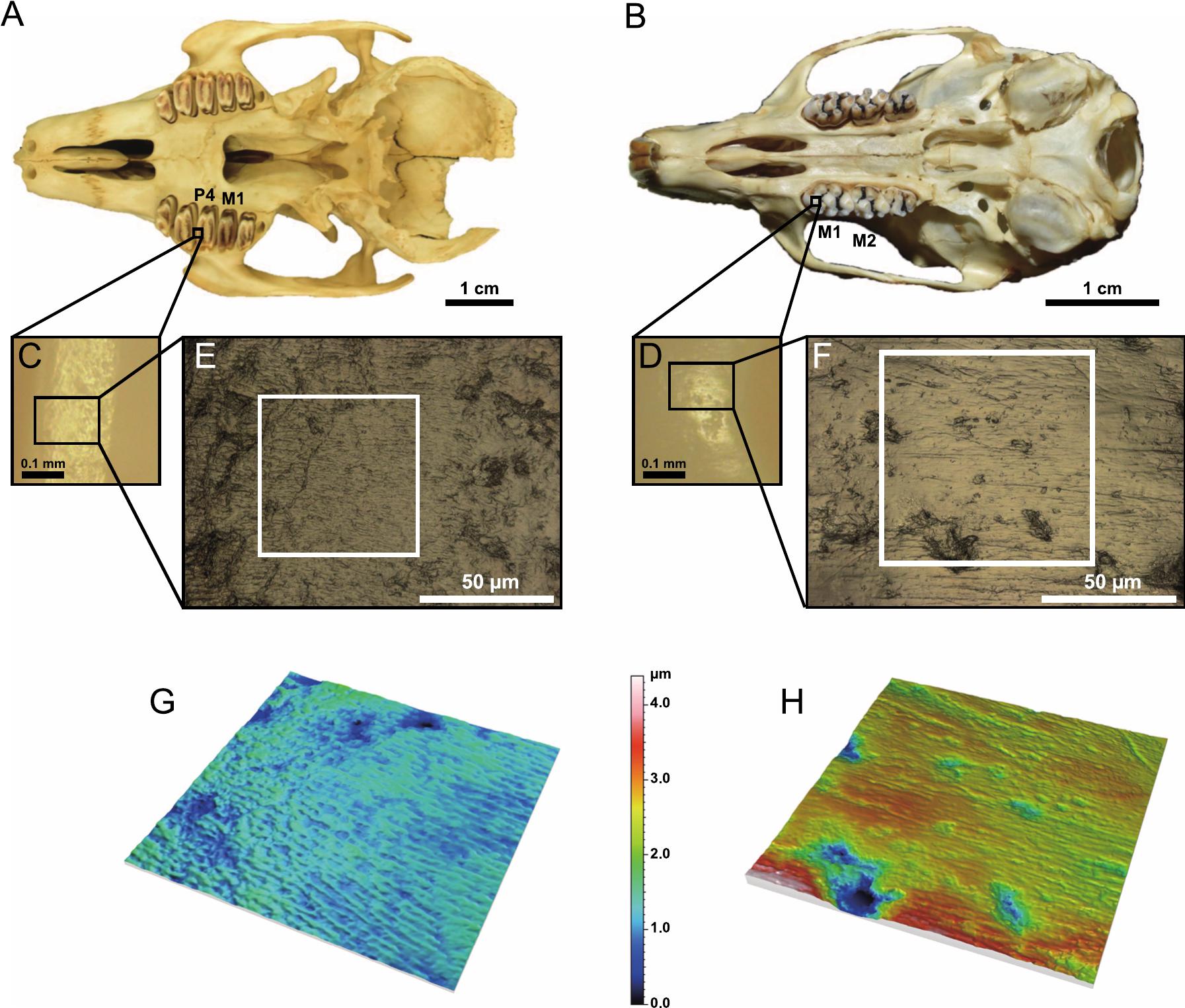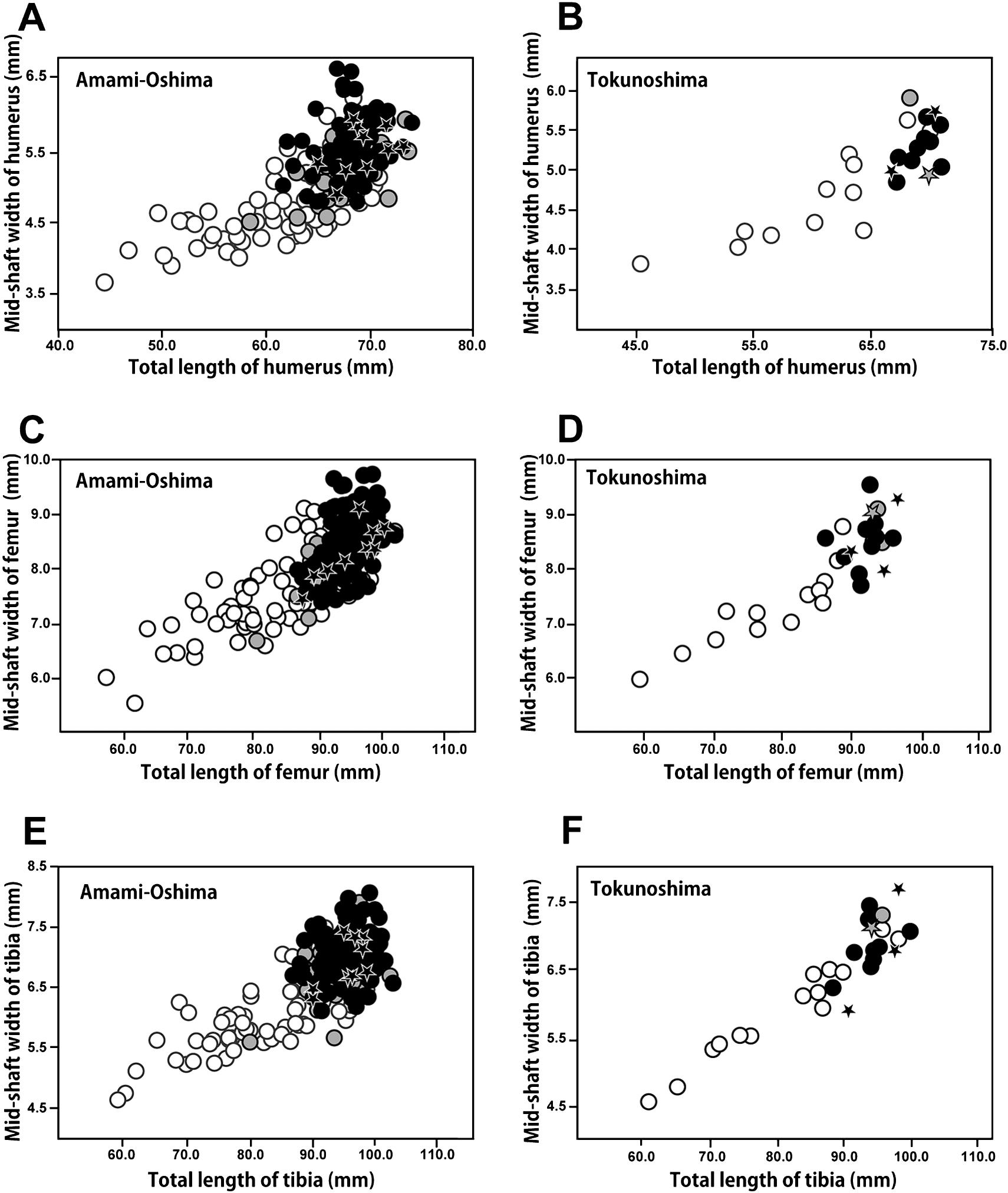2025-04-03 東京大学,岡山理科大学
<関連情報>
- https://www.k.u-tokyo.ac.jp/information/category/press/11525.html
- https://bioone.org/journals/mammal-study/volume-50/issue-2/ms2024-0040/Feeding-Ecology-of-the-Amami-Rabbit-Pentalagus-furnessi-and-the/10.3106/ms2024-0040.full
アマミノクロウサギ(Pentalagus furnessi)とリュウキュウハナネズミ(Diplothrix legata)の摂食生態を歯面組織分析から推定する Feeding Ecology of the Amami Rabbit (Pentalagus furnessi) and the Ryukyu Long-Furred Rat (Diplothrix legata) Inferred from Dental Microwear Texture Analysis
Mugino O. Kubo, Kaito Araki, Daniela E. Winkler, Kei Kondo, Shoji Hayashi
Mammal Study Published:2 April 2025
DOI:https://doi.org/10.3106/ms2024-0040

Abstract
The Amami rabbit (Pentalagus furnessi) and the Ryukyu long-furred rat (Diplothrix legata) are rare, endemic mammals of the Ryukyu Islands. So far, knowledge about their basic ecology is limited. This study aims to expand data on their feeding ecology by dental microwear texture (DMT) analysis using skull specimens (n = 20 for each species) collected as roadkill. DMT data were compared with those from laboratory-reared rodents in controlled feeding experiments, to infer the physical properties of their diets. The results indicated no sexual difference in DMT for either species, suggesting similar diets between males and females. However, a significant seasonal variation was observed in the Ryukyu long-furred rat, with increased DMT roughness in winter, suggesting a dietary shift from more abundant and less mechanically demanding summer foods like soft-bodied invertebrates to harder foods such as acorns. In contrast, the Amami rabbit showed consistently less rough DMT throughout the year. Microwear patterns suggested that the Amami rabbit consumes plants with toughness comparable to bamboo and dry grass. These findings highlight the importance of seasonal dietary shifts in the Ryukyu long-furred rat and the consistent diet of the Amami rabbit, providing insights into their ecological adaptations.


